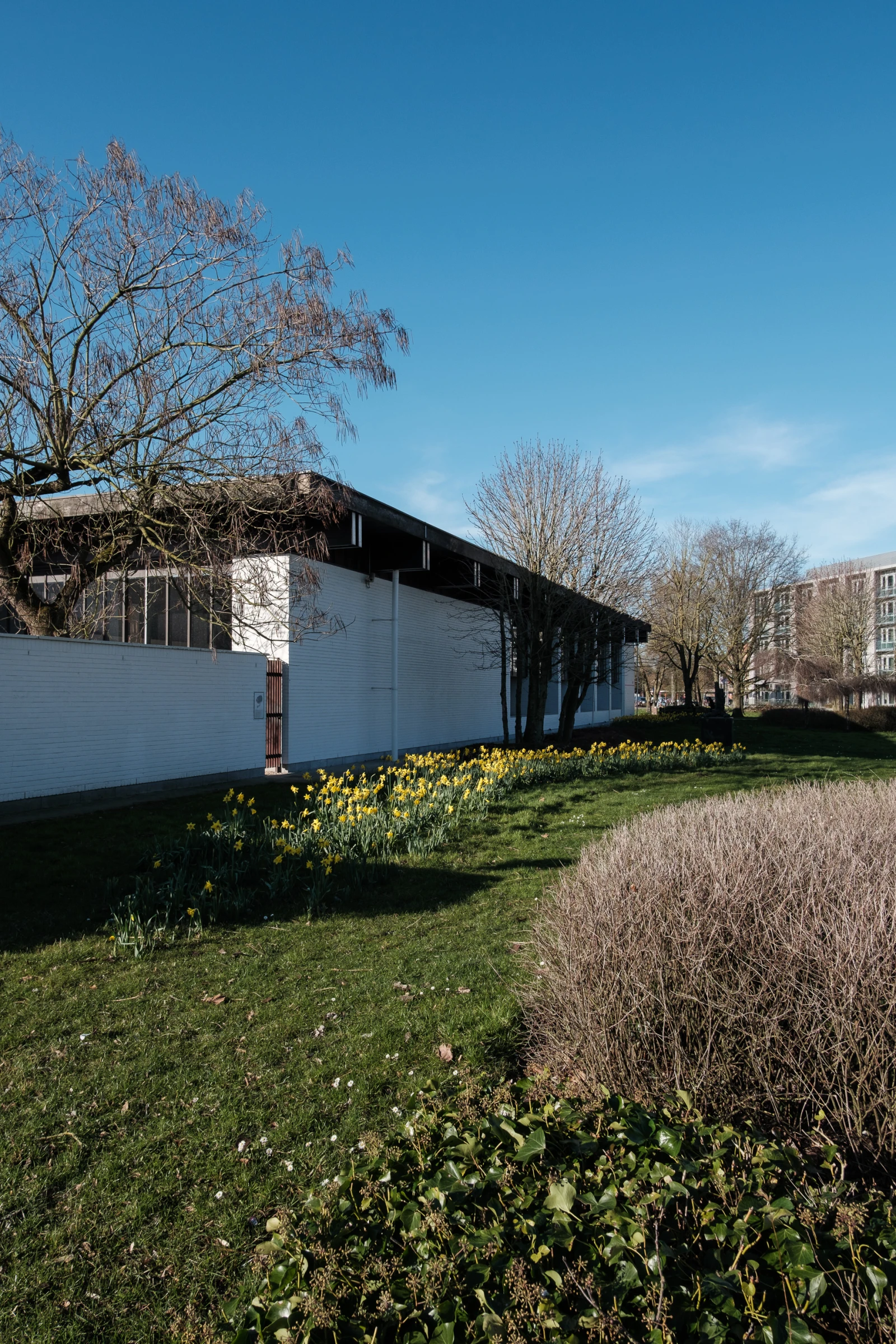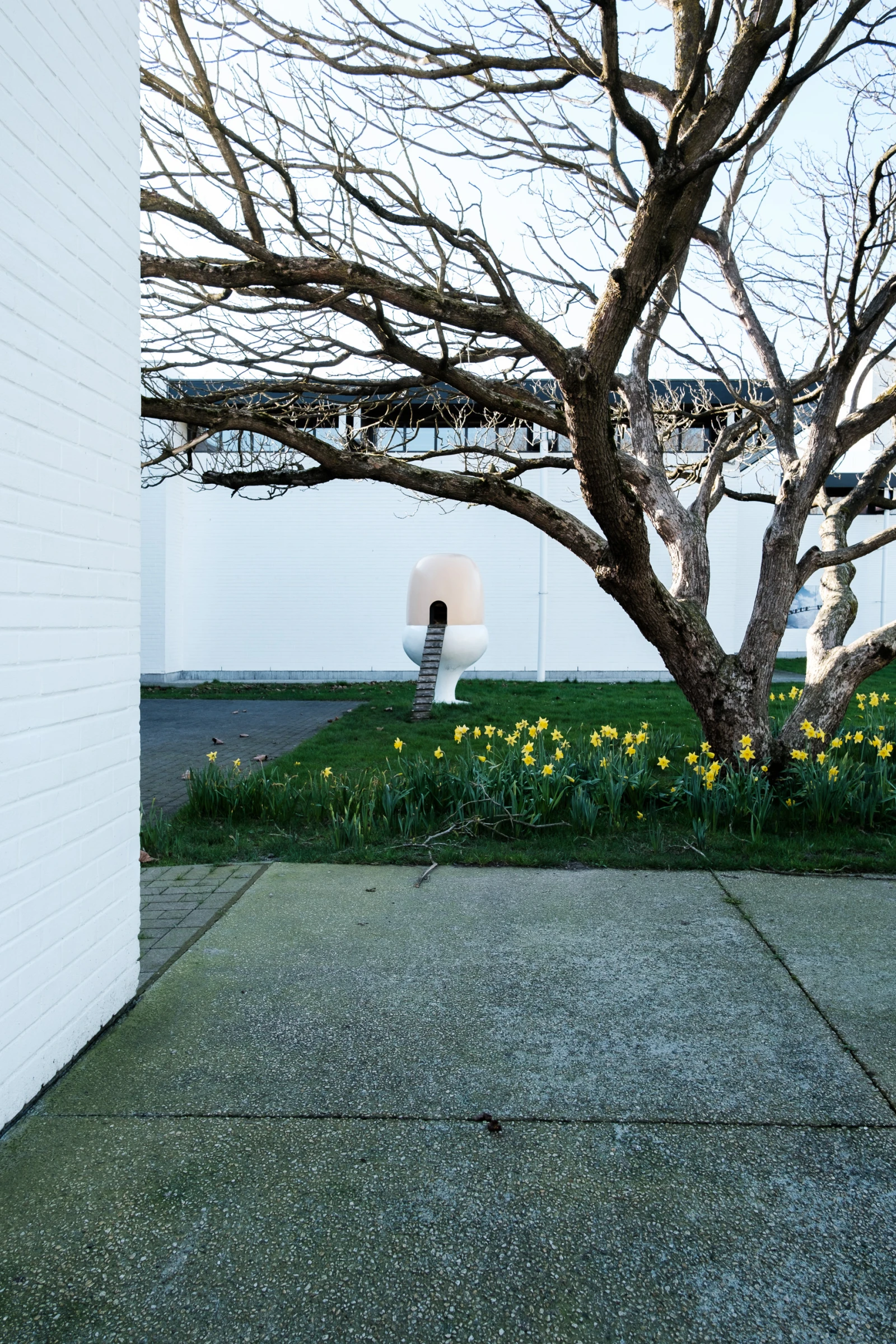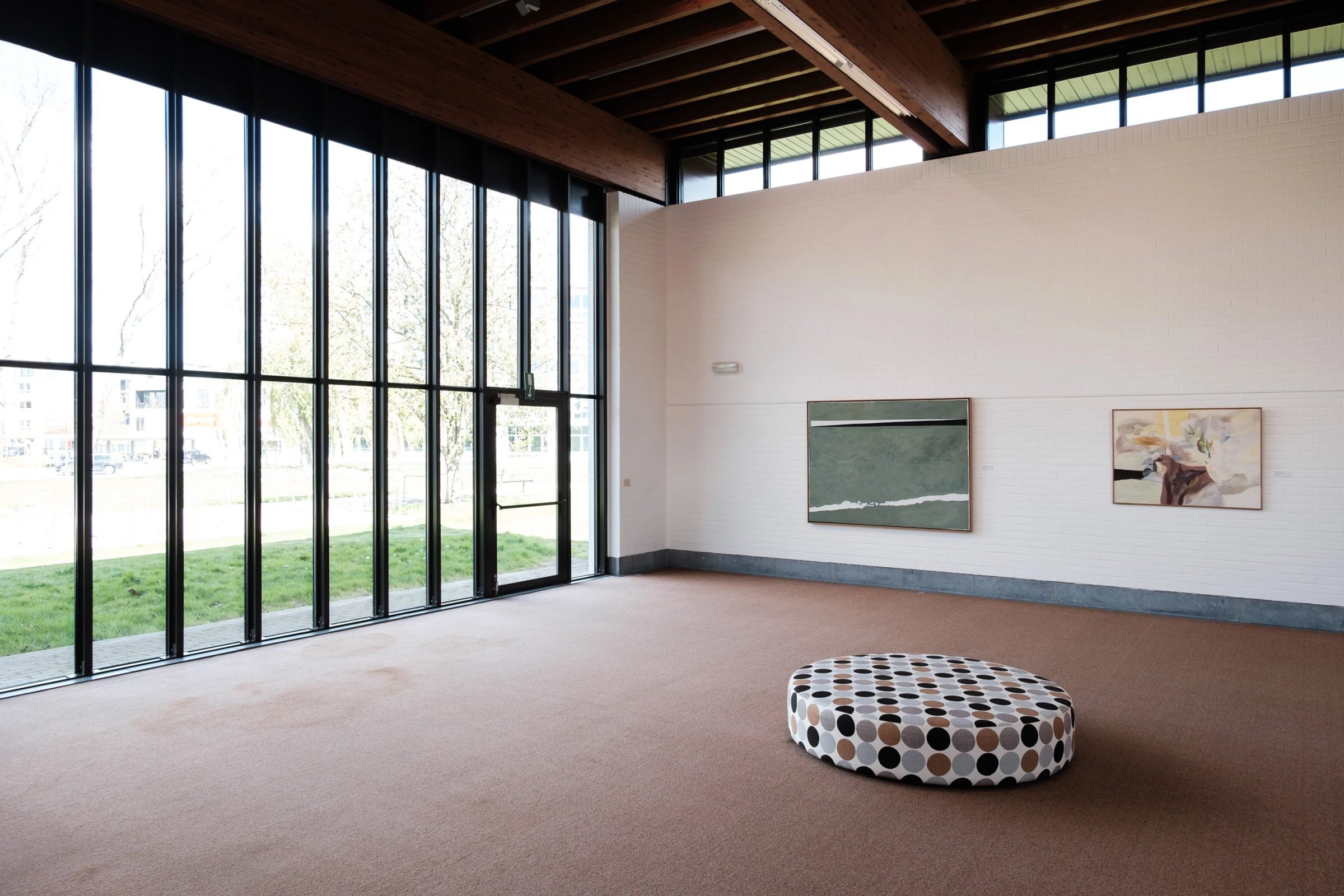Mudel
Dedicated to preserving the artistic heritage of the Leie region, the Stedelijk Museum in Deinze was founded in 1942, consolidating the city's commitment to showcasing the works of local artists. The foundation of the museum was inspired by the generous donation of Emile Claus' masterpiece 'Bietenoogst' by his widow.
With an initial focus on the 'Latemse' artists of Sint-Martens-Latem, the museum quickly developed into a centre for regional art, becoming the first of its kind in the country. Drawing on both state collections and contributions from the local Kunst- en Oudheidkundige Kring, the museum housed a growing range of artworks and artefacts in a neo-Gothic building near the Deinze church.
As the collection grew, plans for a new museum took shape, culminating in the opening of a purpose-built facility in 1981, Belgium's first post-war museum dedicated to a specific artistic region. The museum, now known as the Museum van Deinze en de Leiestreek, retains its original divisions of fine arts and folk culture, and remains steadfast in its mission to present only works by artists with ties to the Lys region.
This deliberate geographical focus ensures cohesion within the collection and distinguishes the museum as a regional institution of national and international importance.





















